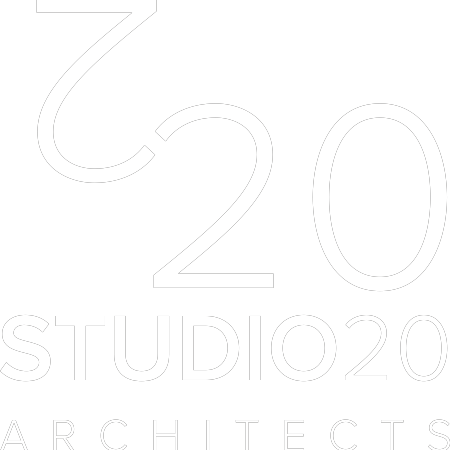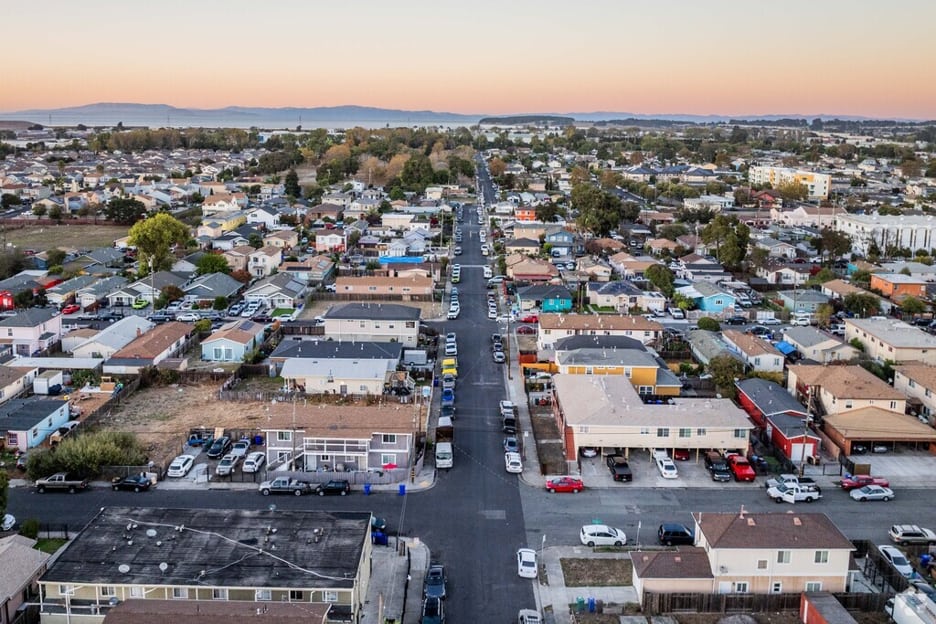Unlocking the Secrets of Richmond North Richmond Planning Permission: A Guide Like No Other
Richmond North Richmond, a serene enclave within the London Borough of Richmond upon Thames, is a district known for its timeless beauty and vibrant community. Situated by the banks of the River Thames and surrounded by some of London’s most famous green spaces, this part of Richmond offers a unique blend of history, nature, and contemporary living. As the area grows and evolves, the demand for property improvements—ranging from sleek extensions to larger-scale developments—continues to rise. However, embarking on such projects requires navigating the intricate planning permission process, something that every potential developer or homeowner needs to grasp.
What Makes Planning Permission in Richmond North Richmond Different?
Planning permission in North Richmond is not just about getting a ‘yes’ or ‘no’ from the council. It is about ensuring that any development preserves the charm of the area while also accommodating the changing needs of the community. The borough’s distinct character, shaped by its natural beauty, historic sites, and diverse architecture, requires that each proposed development fits seamlessly into this existing framework.
Unlike more generic planning applications that focus purely on the technicalities of a structure, the planning process in Richmond North Richmond emphasizes the broader impact of developments. Whether you’re planning to build a modern family home, convert a property into flats, or even construct an environmentally conscious extension, the process is deeply intertwined with the area’s preservation values.
What Does Planning Permission Cover?
- Residential Extensions: In North Richmond, extending your home is a common way to gain more space while staying within the area’s quaint neighborhood setting. However, even minor home extensions may require planning permission, especially in conservation areas or locations with strict building guidelines. Projects such as enlarging a kitchen, adding a second story, or expanding a garden room might seem straightforward but could demand detailed proposals that align with the community’s existing architectural standards.
- Loft Conversions and Roof Extensions: Loft conversions, a popular method of maximizing space in urban areas, also require planning permission if they alter the roofline or external features. North Richmond, with its blend of historic and modern properties, has specific regulations to ensure that any changes do not detract from the area’s overall aesthetic appeal. This includes maintaining the roof’s pitch, avoiding the use of inappropriate materials, and ensuring the extension doesn’t overshadow neighboring properties.
- New Builds: Whether you are replacing an old property with a brand-new house or developing multiple residential units, planning permission is always required. The council will carefully evaluate whether the design, scale, and placement of the new building fit with the area’s character. This includes ensuring that local green spaces and views are not adversely impacted and that the project complements the streetscape.
- Change of Use: Richmond North Richmond is not only a residential haven but also hosts businesses, cultural spaces, and local amenities. A change of use application might be required if you plan to convert a residential building into a commercial or mixed-use property. Such applications are subject to rigorous scrutiny to ensure that the new use will not negatively affect the local environment or the flow of daily life in this peaceful yet bustling community.
- Environmental Considerations: Due to Richmond’s proximity to nature reserves and conservation areas, planning permission often requires that projects adhere to environmental guidelines. Sustainable building practices, energy efficiency, and minimizing disruption to local wildlife and plant life are significant concerns in the area. For instance, if you plan to build in a flood zone or near a park, you may need to conduct a comprehensive environmental impact assessment as part of the application process.
- Conservation Areas: North Richmond is home to several conservation areas, where the preservation of architectural heritage is a priority. If your property lies within one of these zones, you must be aware of additional rules surrounding development. From the choice of building materials to the design of windows, every aspect of your project may come under scrutiny to ensure that it respects the heritage of the neighborhood.
The Planning Application Journey in Richmond North Richmond
Step 1: Research and Consultation Before diving into the paperwork, it’s crucial to conduct a thorough investigation. Richmond North Richmond’s planning guidelines, especially for areas with historical significance, can be complex. Consulting the local planning office or seeking professional advice from an architects or planning consultant is often an invaluable first step. They can help you identify what is permissible and what will require a special application or modification.
Step 2: Preparing Detailed Drawings Once you have a clear understanding of what is allowed, you will need to submit a comprehensive set of drawings. These will include architectural blueprints, site plans, and any necessary documents that provide insight into the technical and aesthetic aspects of your project. Be ready to show how your development will blend with the surrounding area, ensuring the overall design is in keeping with the community’s vibe.
Step 3: Submission and Fees When everything is ready, you’ll submit your application to the Richmond upon Thames Planning Department. Along with your application, a fee will need to be paid, which varies depending on the scope of the project. It’s important to pay attention to submission deadlines and follow the correct process to avoid delays.
Step 4: Public Consultation Planning permission applications in Richmond North Richmond are subject to a public consultation period. This allows your neighbors and local residents to review your plans and offer their opinions. If objections arise, they will be considered as part of the decision-making process. Community feedback plays a crucial role in shaping the final approval or rejection of a proposal.
Step 5: Decision and Conditions After the consultation and assessment, a decision is made. The council may grant permission with certain conditions, such as restrictions on the height of an extension or limits on construction hours. Alternatively, they may reject the application if it does not align with planning policies or community values. If rejected, applicants can appeal the decision or revise their plans.
Key Tips for a Smooth Planning Permission Process
- Early Engagement with the Local Council: Engaging with the local planning authority early in the process can help clarify what is possible. It will also help identify any issues or objections early on.
- Understanding Local Design Codes: Richmond North Richmond has specific design codes to preserve the area’s aesthetic appeal. Ensuring your project complies with these codes can significantly increase your chances of approval.
- Use of Sustainable Materials: Incorporating sustainable materials and energy-efficient systems in your designs will not only help the environment but may also improve your chances of approval, as the council favors projects that contribute to environmental preservation.
- Seek Professional Help: From planning consultants to architects, having a professional team behind you ensures your application is detailed and well-prepared, improving your chances of a smooth approval process.
Conclusion: Crafting the Future of Richmond North Richmond
Planning permission in Richmond North Richmond isn’t just about meeting regulatory requirements—it’s about enhancing and respecting a community that values history, sustainability, and quality of life. With its charming streets, stunning green spaces, and rich architectural heritage, North Richmond deserves developments that contribute to its beauty while meeting modern demands. By carefully navigating the planning process and respecting the unique qualities of this area, you can ensure that your project thrives while remaining in harmony with the community’s vision.



No responses yet